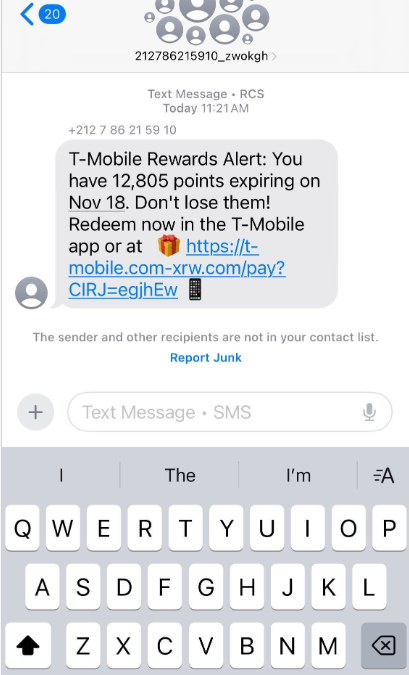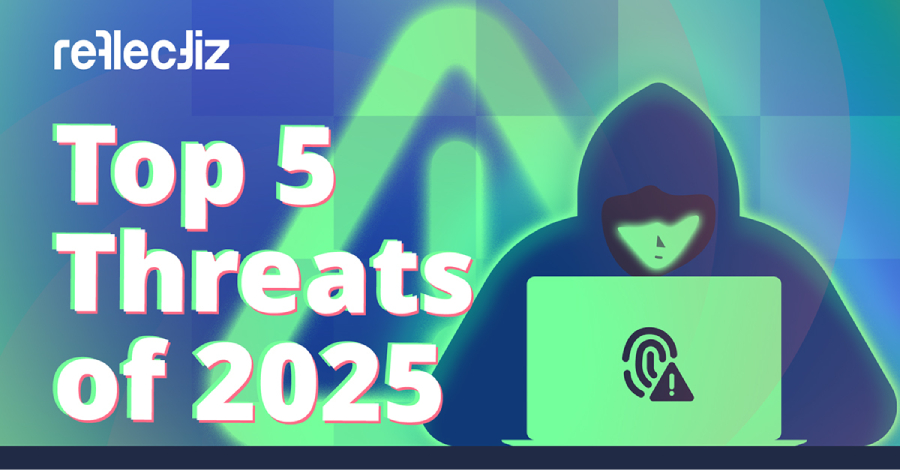Cyber News & Articles

Chinese Hackers Have Started Exploiting the Newly Disclosed React2Shell Vulnerability
Two hacking groups with ties to China have been observed weaponizing the newly disclosed security flaw in React Server Components (RSC) within hours of it becoming public knowledge.
The vulnerability in question is CVE-2025-55182 (CVSS score: 10.0), aka React2Shell, which allows unauthenticated remote code execution. It has been addressed in React versions 19.0.1, 19.1.2, and 19.2.1.
According

Intellexa Leaks Reveal Zero-Days and Ads-Based Vector for Predator Spyware Delivery
A human rights lawyer from Pakistan’s Balochistan province received a suspicious link on WhatsApp from an unknown number, marking the first time a civil society member in the country was targeted by Intellexa’s Predator spyware, Amnesty International said in a report.
The link, the non-profit organization said, is a “Predator attack attempt based on the technical behaviour of the infection

“Getting to Yes”: An Anti-Sales Guide for MSPs
Most MSPs and MSSPs know how to deliver effective security. The challenge is helping prospects understand why it matters in business terms. Too often, sales conversations stall because prospects are overwhelmed, skeptical, or tired of fear-based messaging.
That’s why we created ”Getting to Yes”: An Anti-Sales Guide for MSPs. This guide helps service providers transform resistance into trust and

CISA Reports PRC Hackers Using BRICKSTORM for Long-Term Access in U.S. Systems
The U.S. Cybersecurity and Infrastructure Security Agency (CISA) on Thursday released details of a backdoor named BRICKSTORM that has been put to use by state-sponsored threat actors from the People’s Republic of China (PRC) to maintain long-term persistence on compromised systems.
“BRICKSTORM is a sophisticated backdoor for VMware vSphere and Windows environments,” the agency said. “

JPCERT Confirms Active Command Injection Attacks on Array AG Gateways
A command injection vulnerability in Array Networks AG Series secure access gateways has been exploited in the wild since August 2025, according to an alert issued by JPCERT/CC this week.
The vulnerability, which does not have a CVE identifier, was addressed by the company on May 11, 2025. It’s rooted in Array’s DesktopDirect, a remote desktop access solution that allows users to securely access

SMS Phishers Pivot to Points, Taxes, Fake Retailers
China-based phishing groups blamed for non-stop scam SMS messages about a supposed wayward package or unpaid toll fee are promoting a new offering, just in time for the holiday shopping season: Phishing kits for mass-creating fake but convincing e-commerce websites that convert customer payment card data into mobile wallets from Apple and Google. Experts say these same phishing groups also are now using SMS lures that promise unclaimed tax refunds and mobile rewards points.

Why the record-breaking 30 Tbps DDoS attack should concern every business
A new warning about the threat posed by Distributed Denial of Service (DDoS) attacks should make you sit up and listen.
Read more in my article on the Fortra blog.

Silver Fox Uses Fake Microsoft Teams Installer to Spread ValleyRAT Malware in China
The threat actor known as Silver Fox has been spotted orchestrating a false flag operation to mimic a Russian threat group in attacks targeting organizations in China.
The search engine optimization (SEO) poisoning campaign leverages Microsoft Teams lures to trick unsuspecting users into downloading a malicious setup file that leads to the deployment of ValleyRAT (Winos 4.0), a known malware

ThreatsDay Bulletin: Wi-Fi Hack, npm Worm, DeFi Theft, Phishing Blasts— and 15 More Stories
Think your Wi-Fi is safe? Your coding tools? Or even your favorite financial apps? This week proves again how hackers, companies, and governments are all locked in a nonstop race to outsmart each other.
Here’s a quick rundown of the latest cyber stories that show how fast the game keeps changing.
DeFi exploit drains funds
Critical yETH Exploit Used to Steal $9M

5 Threats That Reshaped Web Security This Year [2025]
As 2025 draws to a close, security professionals face a sobering realization: the traditional playbook for web security has become dangerously obsolete. AI-powered attacks, evolving injection techniques, and supply chain compromises affecting hundreds of thousands of websites forced a fundamental rethink of defensive strategies.
Here are the five threats that reshaped web security this year, and
